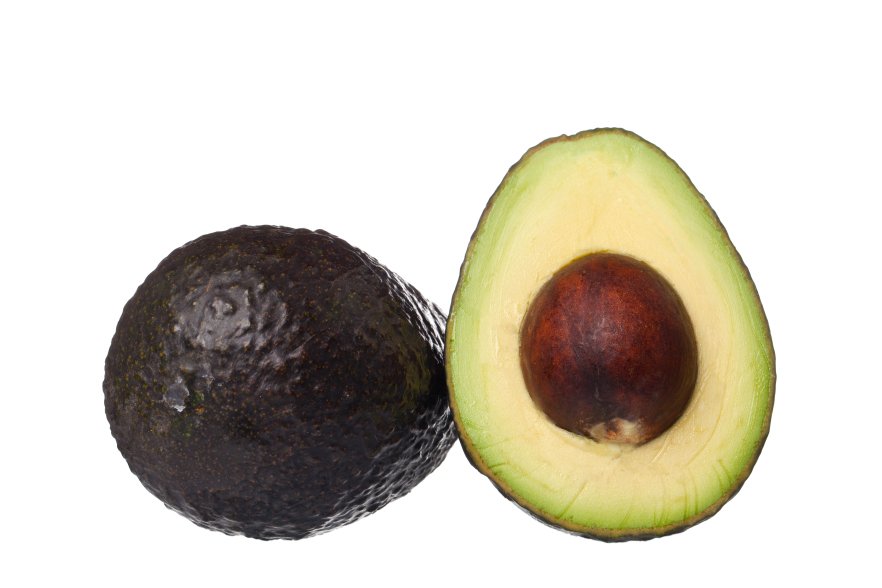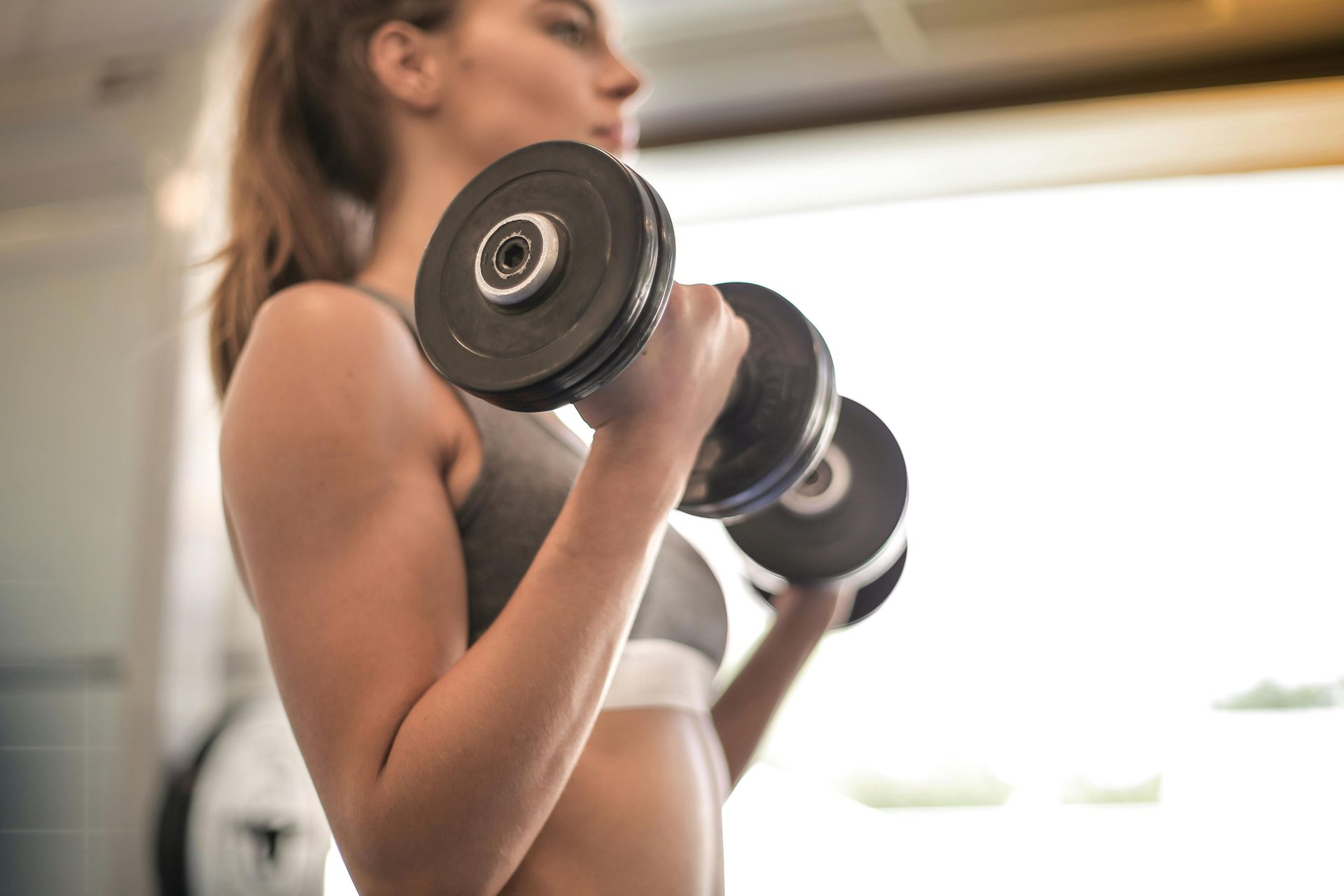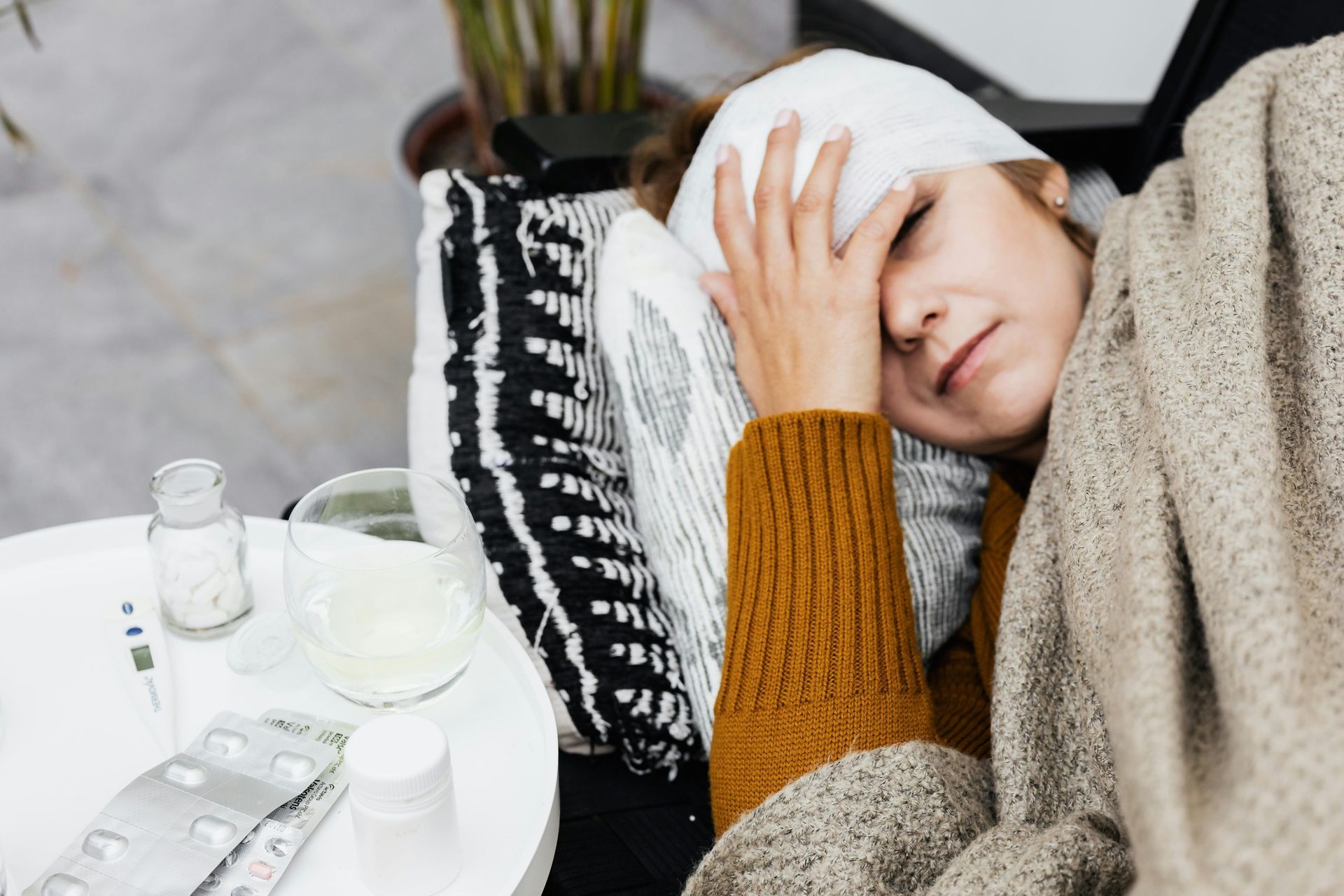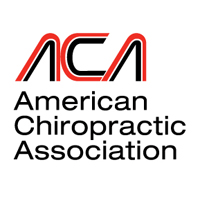How Much Fat and Protein Do Seniors Need?
- By susant3t
- •
- 28 Jun, 2016
- •
A Guide to Protein and Fat Requirements for Seniors As you age your natural ability to burn energy slows down considerably. Older people also usually have less muscle and body mass than when they were younger. Those two health characteristics, combined with a slower metabolism, create a diminished need for fuel. This means your protein […]
As you age your natural ability to burn energy slows down considerably. Older people also usually have less muscle and body mass than when they were younger.
Those two health characteristics, combined with a slower metabolism, create a diminished need for fuel. This means your protein and fat requirements as a senior may be very different from they used to be.
It is critical for you to understand the dietary requirements and guidelines which lead to maximum health. Your individual situation is unique. However, the following recommendations will give you a rough guideline of how much fat and protein you should be consuming on a daily basis.
As a secondary source of energy when you don’t have enough fat and carbohydrates to draw from, healthy protein levels are especially important in senior citizens. According to the US Institute of Medicine’s Food and Nutrition Board, women over 50 years of age need to consider 46 grams of protein a day as the absolute minimum.
Men over 50 should try to get at least 56 g of protein in their daily diet. Remember, these are minimum recommendations. Your health and weight status will directly impact how much protein you should be eating.
Healthy fish like salmon and mackerel, lean meats like chicken, and healthy foods like eggs, nuts and beans, all deliver high levels of protein. (Senior Protein Tip – you should consume at least 0.8 grams of daily protein for each kilogram (2.2 pounds) of body weight.)
The key here is making sure you focus on the right kinds of fat. For example, trans fats are dangerous and deadly. They should be avoided as much as possible. However, essential fatty acids are absolutely required to enjoy a healthy life. Fat is calorie dense, at 9 calories per gram. So you definitely need to watch how much fat you ingest, no matter how old you are.
As a senior, 20% to 30% of your daily caloric intake should be fat.
After age 50 women should be consuming 1,600 to 2,200 calories a day, depending on their physical activity level. Men should eat 2,000 to 2,400 calories each day after age 50, again depending on how active they are. Using those calorie totals, women need between 320 and 660 grams of healthy fat each day. Men should aim for 400 to 720 grams of daily fat after age 50.
Limit saturated fats like those found in most animal foods. Focus on monounsaturated fats, which are found predominantly in plants. Polyunsaturated fats are found in fish like salmon, and they are healthy as well. Almonds, avocados, extra-virgin olive oil, flax seed, and walnuts are other foods that deliver healthy fats.
Interested in the “10 Steps” you can start taking today to stay healthy, live longer, and decrease your risk of stroke and dementia? Visit http://saynotostroke.com/blog and sign up for the newsletter.
For a complimentary nutritional consultation contact Grappin Chiropractic Clinic of North Port FL today! 941-426-9551
.
.
.
Article Source: http://EzineArticles.com/expert/A_B_Fraser,_MD/1482844

There are various types of massage therapies, including sports massage, trigger point massage, deep tissue massage, and Swedish massage. Although these treatments can range in pressure, they all offer invaluable benefits for the body, mind, and spirit. Read on for the top six benefits of massage therapy.
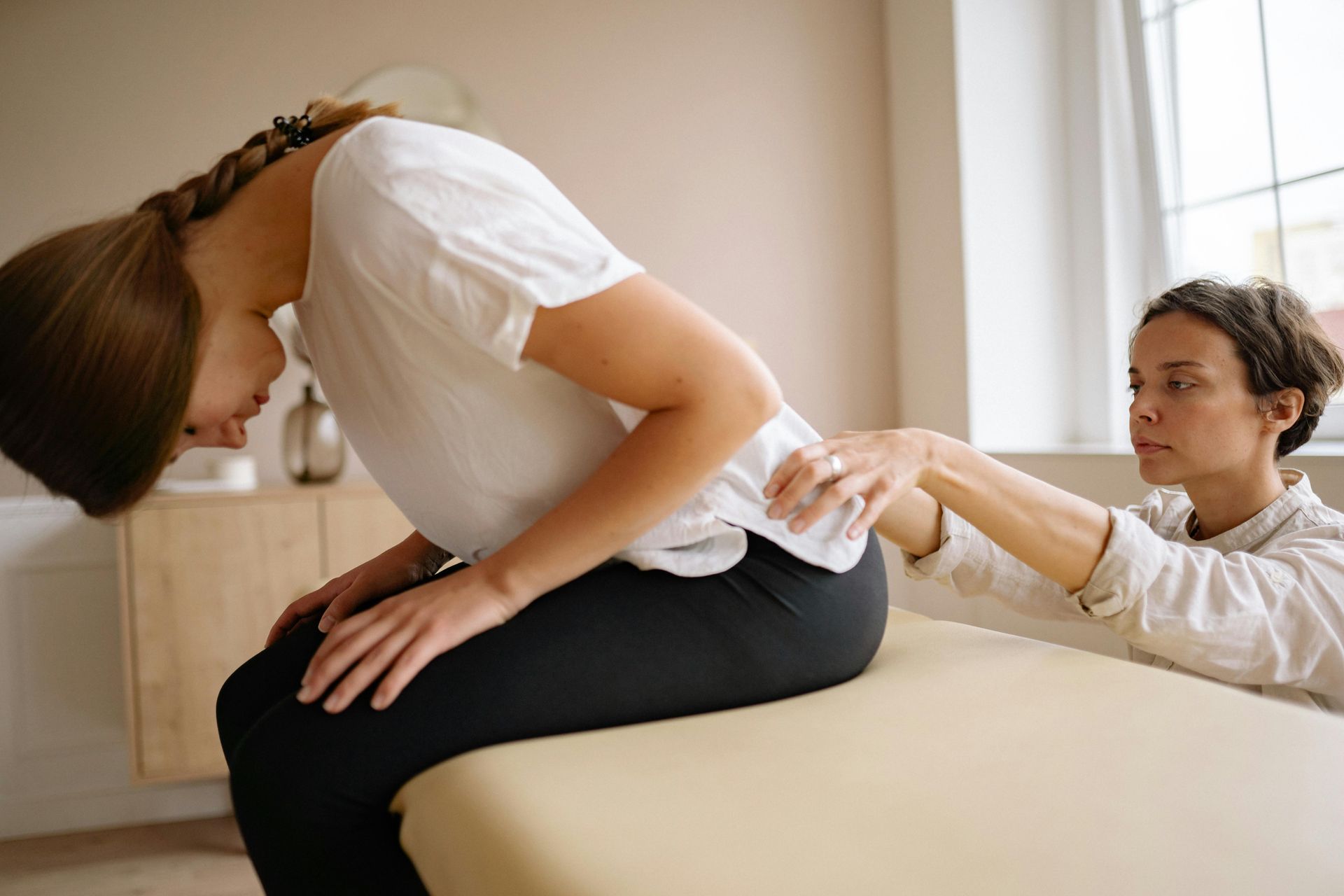
Are you looking for a new, effective way to improve your physical health? Medical massage therapy is here to provide the natural health benefits you need. From optimizing circulation to relieving muscle tension and inflammation, medical massage is a powerful treatment for pain reduction and overall wellness.



